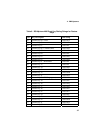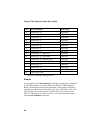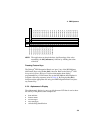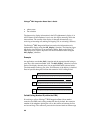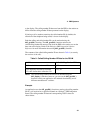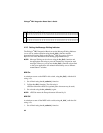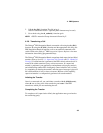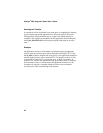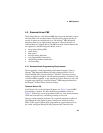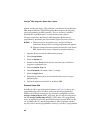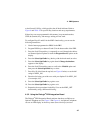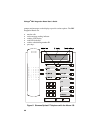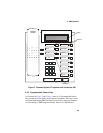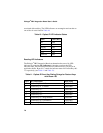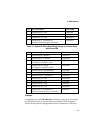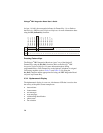4. PBX Systems
4.3. Siemens Hicom PBX
The Siemens Hicom is a full-featured PBX that can provide thousands of ports
and many PBX voice and data features. The Hicom uses digital signaling to
control its station sets and digitized voice. The Dialogic
®
PBX Integration
Board has either four or eight channels that can be connected directly to a
station module in a Siemens Hicom. The PBX has many standard features that
are supported by the PBX Integration Board, such as:
• direct inward dialing (DID)
• speed dialing
• hunt groups
• message waiting indication
• user programmable Feature Keys
• called/calling number identification
• call forwarding
4.3.1. Siemens Hicom Programming Requirements
There are specific switch programming requirements that apply if using a
Dialogic
®
PBX Integration Board with either a Siemens Hicom 150 or a
Hicom 300 PBX. They allow the Dialogic
®
D/82JCT-U Board to correctly
emulate an Optiset E telephone. Note that the programming is different for the
two Hicom PBXs supported, so pay attention to set these features exactly (and
assigned to the right keys) so that the Dialogic
®
PBX Integration Board and
the Dialogic
®
Unified API can function correctly.
Siemens Hicom 150
If the Hicom 150 is used with Optiset E phones (see
Figure 5), special PBX
programming is required. The keys should be programmed as shown in
Figure 5. If these keys are not programmed in this way, loop current detection,
CPID, the & (transfer) key, and message waiting do not work.
Message waiting operation in Hicom 150 is especially different from Hicom
300 although the same Optiset E phone could be used with both of these
PBXs. With a regular Optiset phone programmed as a regular phone port in
the switch, turning the Message Waiting indicator OFF cannot be done
65



